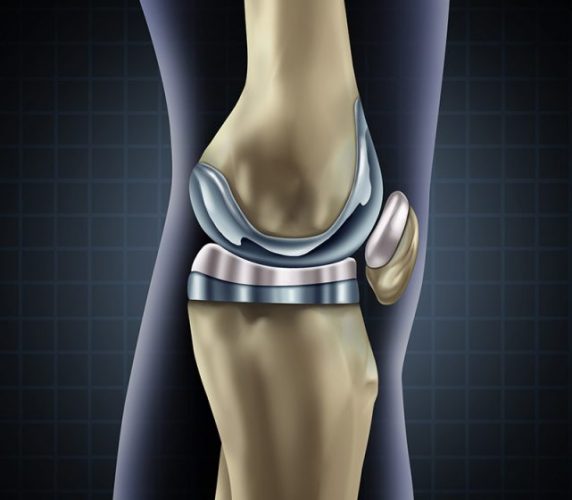
Total Knee
Replacement Surgery
If non-surgical treatments are ineffective, total knee replacement surgery can be considered as a safe and effective procedure to relieve pain and help you resume normal activities. It also helps to correct the deformity. The results of knee replacement are predictable and long-lasting. Also because of the developments in anaesthesia, pain control and physiotherapy, one can resume back to normal routine activities fairly soon after the surgery.
Know a bit about Arthritis & Total Knee Replacement
Arthritis
Arthritis means damage and wear of the cartilage covering the bone ends. It can be of different types – Osteoarthritis, Rheumatoid Arthritis, and Post-traumatic Arthritis (after previous injury, fracture or dislocation) being the common ones. It causes pain, stiffness, swelling and difficulty in performing your daily activities such as walking, standing for long, getting up from a chair, climbing stairs and sitting cross-legged.
Osteoarthritis, commonly called ‘arthritis’, is the most common cause of chronic knee pain and typically affects people over the age of 50 years, being 3 times more common in women than men.
The end of your thigh bone (femur) can be compared to a rocking chair. It has two distinct surfaces called condyles, which rest on the shin bone (tibia), forming two ‘compartments’, the inner (or medial) and the outer (or lateral compartment). A third compartment is in the front of the knee behind the knee cap (patello-femoral compartment). The bones in each compartment are covered by a thin layer of cartilage which prevents the bones from touching each other.
The exact cause of arthritis is not known but it results when the slow loss of cartilage exceeds the rate at which the body is able to repair it. Once the cartilage covering is completely worn out, the bones touch each other, causing pain.
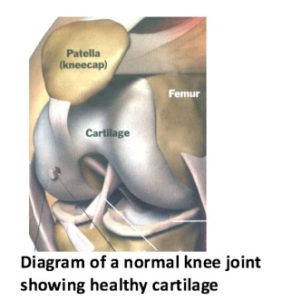
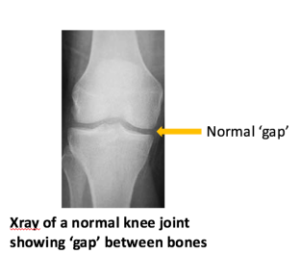
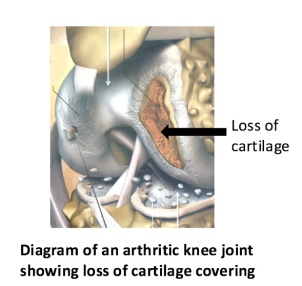
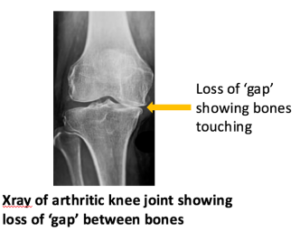
When the full thickness of cartilage is worn away due to osteoarthritis, there is no treatment available to make it grow back.
Total Knee Replacement
When the cartilage in all 3 compartments of your knee is severely damaged, results in pain, swelling, stiffness and deformity, and affects your daily activity, you should start thinking about knee replacement. It should be considered only after all other standard treatment (lifestyle modifications, medicines, exercises and physiotherapy) has failed to improve your quality of life. Through examination, x-rays and possibly scans, we will help you decide which is the best option for you – replacement or resurfacing (in which only the diseased cartilage in one compartment is resurfaced leaving normal tissues, ligaments, and cartilage intact).
‘Knee Replacement’ is actually misleading as your whole knee is not replaced! It only involves resurfacing the entire cartilage on the 3 bones where they move against each other. The new surfaces are made of metal and polyethylene and are fixed to your bones with special bone cement. The implants we use are imported, have been well tested, and have been used successfully for many years.
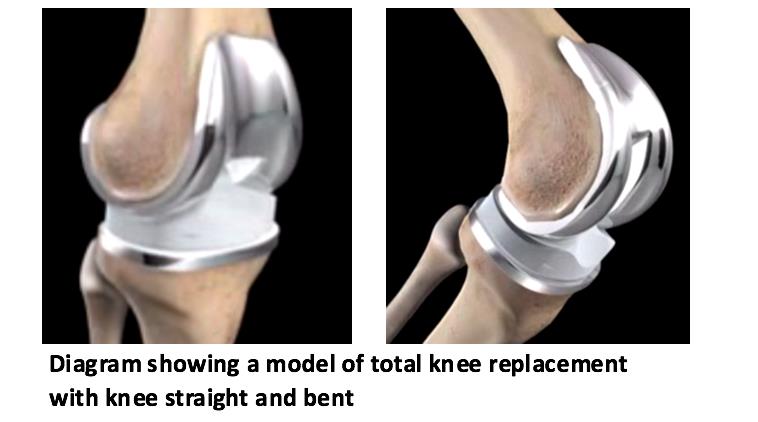
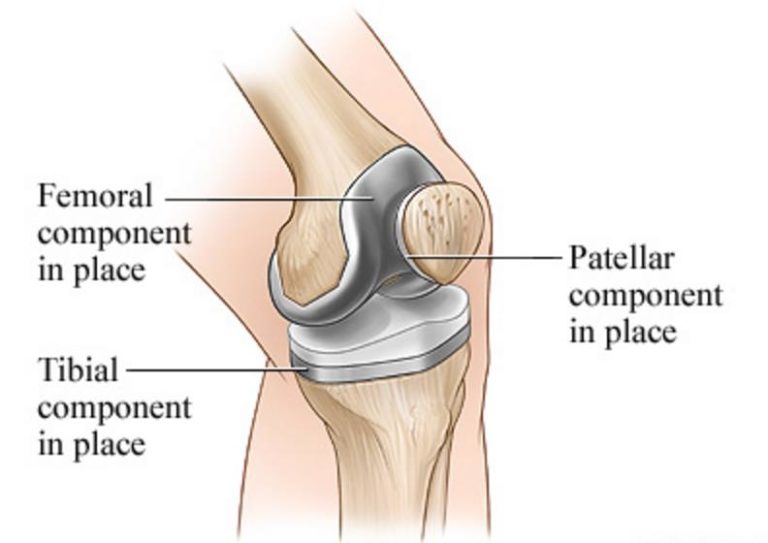
Different types of Total knee replacement Designs and models
Yes, there are hundreds of different designs and models. We decide what is best for each person based on a thorough assessment of several patient factors (age, weight, activity level, bone quality, deformity, ligament integrity, etc.). Do let us know if you have any specific design in mind. Also let us know if you are allergic to nickel, chromium or cobalt.
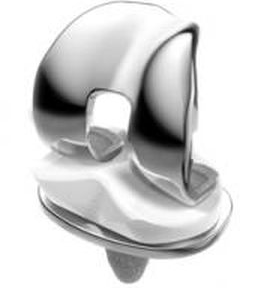
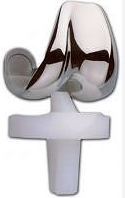
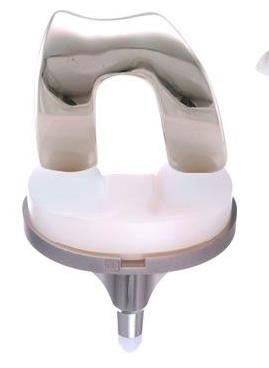
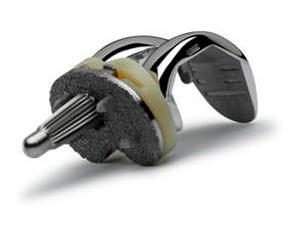
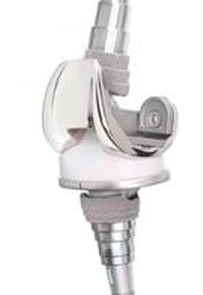
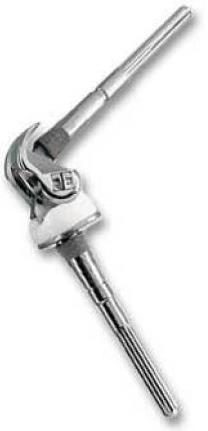
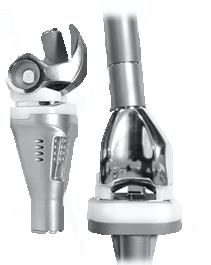
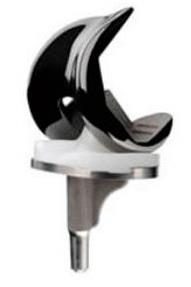
Frequently Ask Question
An artificial joint can last for 20 plus or minus 5 years or even longer. However, the life span is affected by the weight of the person and by his activities. An overweight person or a person actively involved in sports can wear out the artificial joint quicker than a thin or a more sedentary person.
The average time taken for the joint replacement surgery is one hour. However, it takes about three hours for the patient to come out of O.T.
A person with diabetes, hypertension or heart conditions can undergo joint replacement surgery. However, diabetes and blood pressure must be under control before surgery.
You can drive a four-wheeler 4-8 weeks after surgery and only after consulting your surgeon.
Total knee replacement is an elective operation. The decision to have the operation is not made by the doctor, it is made by you. The doctor may recommend the operation, but your decision must be based on the problems faced by you versus the benefit you are going to get after surgery.
Yes, one requires external support aids for 3-6 weeks after the operation. These walking aids are discarded in due course of time once muscle control improves.
Generally patients have to spend maximum 3 to 5 days in the hospital after knee replacement surgery. Full recovery takes about 3 to 6 months; however, it depends on the type of surgery, your overall health, and your own participation in the success of your rehabilitation.
Please remember that you make your joint move around. The target is to have a good strength in the patient to allow for desired walking and other activities. For this a scheduled and proactive exercise schedule, should be followed.